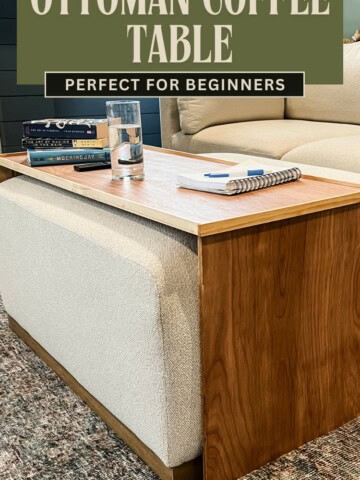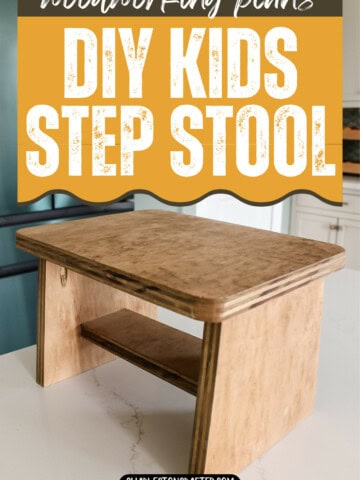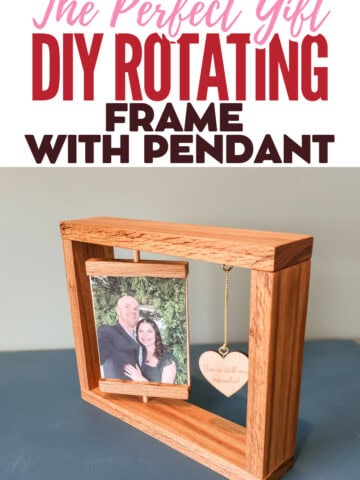Wondering how to price woodworking projects for sale? Here are our best tips and tricks to price them correctly - the first time!
We talk to a ton of people who are looking for ideas for woodworking projects to make and sell. And it makes sense - once you get into woodworking as a hobby, it can be addictive! Why not turn it into a side hustle?
One of the biggest hurdles once you figure out what to sell and where to sell it is to determine how much to sell it for.
So, today I wanted to take a deeper dive into pricing your woodworking projects!
This article is intended to help hobby woodworkers consider how to go about pricing their work. If you have a bigger business, a building, and a team, then you will be beyond the scope of this article.
We just wanted to talk to those starting out and experimenting with selling their crafts about pricing their goods.
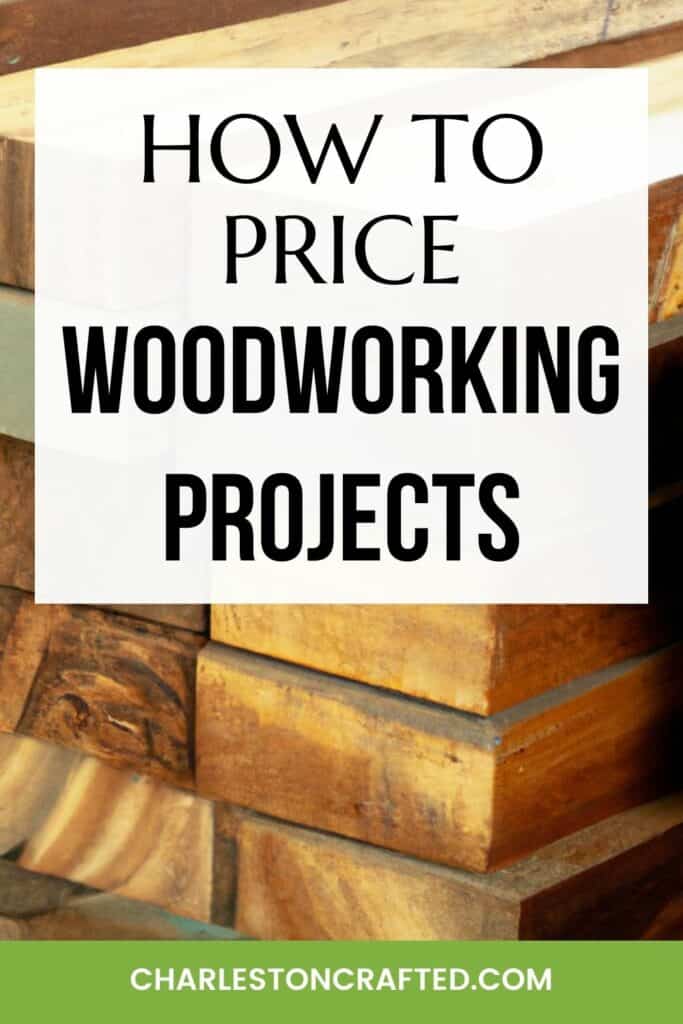
How to price woodworking projects
Here is everything that we have learned after selling woodworking projects in a variety of different locations and ways.
Understanding Your Costs
Number one, you need to understand your actual costs. The last thing that you want to do is lose money.
Here are some costs to consider.
Material Costs
The most obvious cost in woodworking is supplies and materials. The actual wood, glue, screws, and more you use in a build. Track this carefully.
While higher end materials can get you a higher selling price, it's not always proportionate.
Similarly, cheaper materials can save you money, but might also reduce the final selling price.
Time and Labor
Your time is valuable, price it accordingly. This is skilled labor, not minimum wage work. $30-40 an hour is a good place to start.
Tools and Equipment Depreciation
There are also costs associated with wear and tear of tools. You will go through blades and bits and eventually wear down your tools. This is harder to put an exact number on, so you kind of just have to determine an amount to round up to cover it.
Overhead Costs
Don't forget to include any indirect costs like electricity or workshop rent. If you're working out of your garage, it might be negligible, but as you work more, it does add up over time.
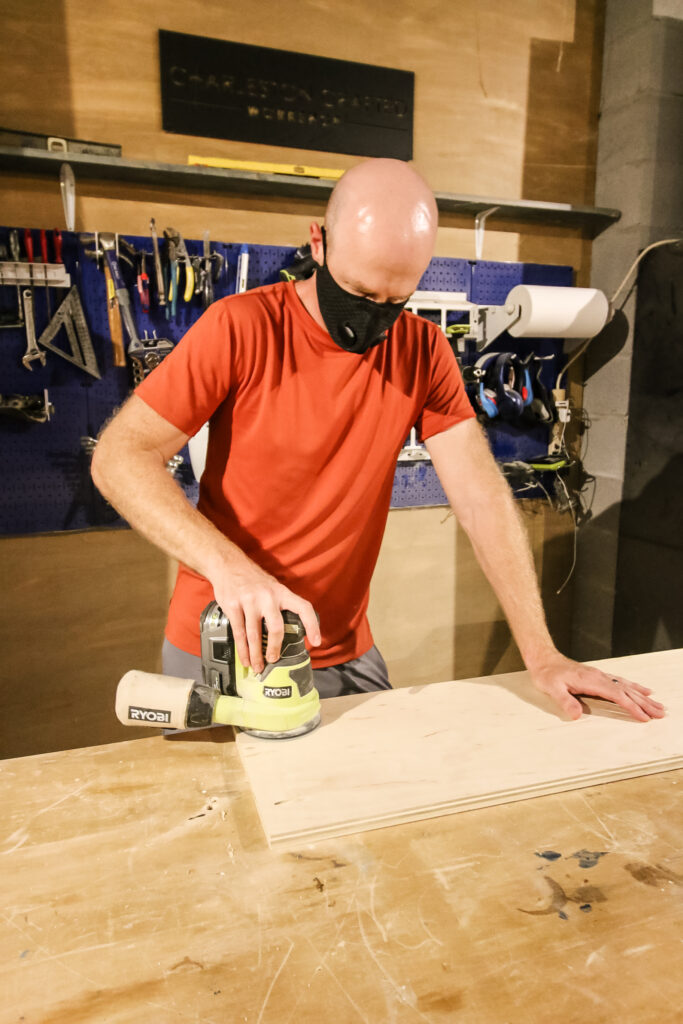
General Formula for pricing woodworking projects
I hate to even share this, because factors vary so much, but I know people want a formula. Here's a simple formula for pricing your woodworking projects.
Time (in hours) x hourly rate = labor cost
Material cost = actual
( Material cost + labor cost ) x 1.5 = a good price to start at
Adjust this up if you are using a lot of equipment or putting wear and tear on your space in another way.
That being said, in reality, things will only sell for what they are worth. If you aren't making money and the market won't take the price any higher, you have to work to bring down your costs.
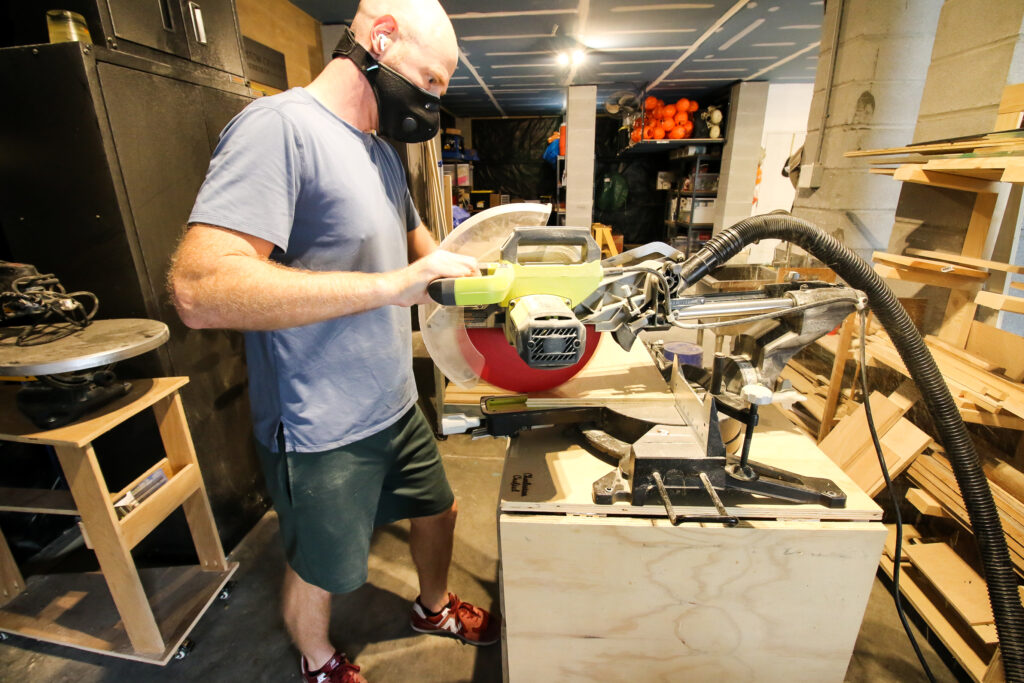
Pricing for Different Markets
Different markets will have different price expectations. While we do not recommend trying to be the cheapest guy at a location, you also don't want to blow your chances by aiming way too high for the venue.
I suggest asking around as much as possible before selling in a new spot to see how real vendors are doing and how they feel the pricing goes in that area.
Craft Fairs
Craft fairs are usually one-off events where people come and shop in person. The pricing will vary greatly depending on the audience and the area you are in.
Some craft fairs are people looking for deals, others are at the holidays or aimed at tourists who might be willing to spend a bit more.
Don't forget that craft fairs usually have a fee for your booth, so you will want to include that in your overhead pricing.
Etsy and Online Sales
Etsy and other online platforms are great ways to get in front of a big audience. But, they are often a race to the bottom, price-wise.
Check out the competition. If there are tons and tons of vendors - I'd honestly steer clear. Look for a category that you can differentiate your product as unique and premium to make the most of it.
Don't forget factoring in shipping costs and Etsy fees.
Custom Work
Custom work is definitely your opportunity to make the most possible money. People will just make more for something made just for them.
But, you will have a harder time cranking out a ton of custom work.
If your projects require a lot of back and forth or client feedback, be sure to price that time into your total budget!
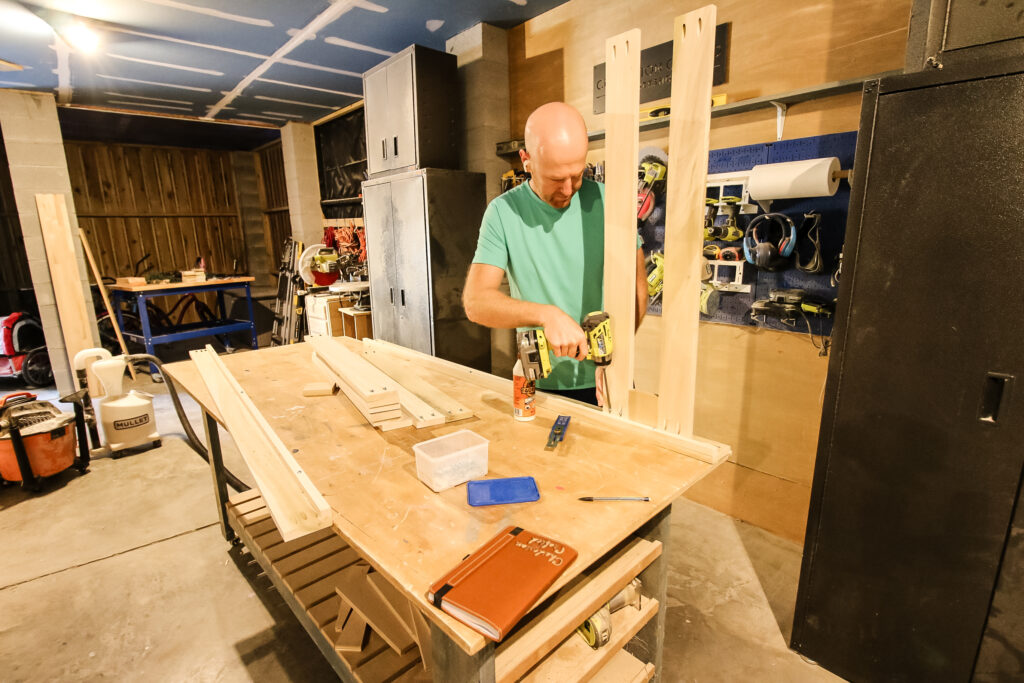
Competitive Pricing Strategies
To be successful long term in selling your woodworking projects, it's super important to understand the market and your competition. After all, the real "best price" is whatever people are willing to pay.
Here's how you can effectively research market prices and get a strong understanding of what your competitors are doing:
- Explore Online Platforms: Websites like Etsy, Facebook Marketplace, and woodworking forums are great places to start. Look for items that are similar to yours in terms of quality, design, and size. This will give you a baseline for pricing your own products.
- Attend Craft Fairs and Visit Local Stores: Go out in person and check out the actual pricing in local craft fairs, artisan shops, or galleries. This can provide real-world insights into what customers are willing to pay - and give you a preview of how it might go for you.
- Utilize Social Media and Online Forums: Platforms like Instagram, Pinterest, and woodworking forums offer a broad view of the woodworking market. You can see what types of projects are trending and how they are priced. Remember - geography is a major contributor to pricing, so be wary comparing sales to someone in a very different cost of living area.
- Consider Your Customer Base: Different customers are willing to pay different amounts. For instance, clients at high-end art galleries may have a larger budget compared to casual buyers at a local fair. And anyone on Facebook marketplace is going to be looking for a cheap deal!
- Research Custom Work: For highly customized projects, you are going to have to have conversations with potential clients to understand their expectations and budget.
Balancing Competitive Pricing with Fair Compensation
It's crucial to find a sweet spot between competitive pricing and ensuring you are fairly compensated for your work:
Fair Compensation: Your pricing should cover your material costs, time, skill level, and overhead. Remember, your time and expertise are valuable! This is skilled labor!
Competitive Yet Realistic Pricing: While it's important to be compensated fairly, setting your prices too high can alienate potential customers and will result in little to no sales - a total waste of effort. Aim for a price that is competitive but still respects the quality and effort of your work.
Price Flexibility: Be open to adjusting your prices. Custom and intricate pieces can justifiably be priced higher.
The Risks of Underpricing
Underpricing your work can negatively impact both your business and the market:
Perception of Quality: Low prices can lead customers to perceive your work as lower quality, which is not the impression you want to give.
Market Disruption: Underpricing can lead to unfair competition in the market, potentially driving down prices for everyone.
Sustainability Issues: If your prices don't cover your costs and labor, your business won't be sustainable in the long run.
Personal Consequences: Consistently underpricing can lead to burnout and frustration. You might find yourself working more for less return.
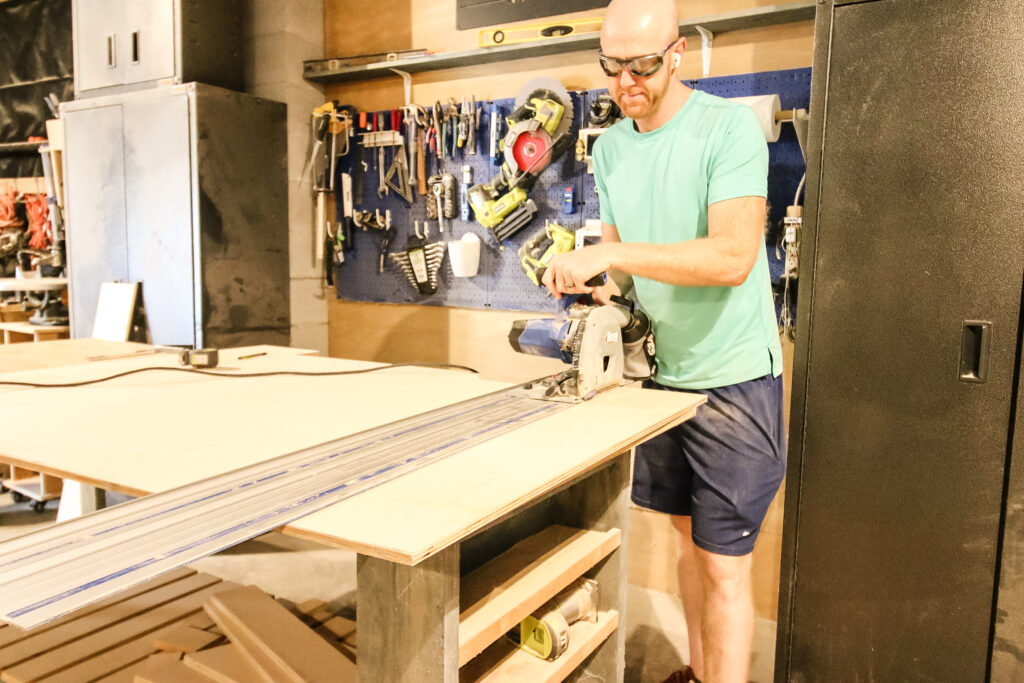
Adjusting Prices Based on Feedback and Sales
Pay attention to how customers react to your prices. If no one is buying (assuming people are seeing it and the product is good) it is likely priced too high or not unique enough.
If people are snatching up tons, raise your rates.
Aim for a happy medium where people might think about it, but ultimately do decide that your premium product is worth the cost!
It's super important to use information and feedback to adjust your prices over time. As hard as it is, don't take it personally - it's just economics.
Want to get into selling your woodworking projects?
Looking for something?
We've been doing this since 2012 so we have a LOT of blog posts!
Search stuff like: Ceiling Projects | DIY Plant Stands | Thrift Flips


Hello, I'm Morgan, half of the creative force behind CharlestonCrafted.com! With a passion for DIY that dates back to 2012, I've transformed three homes and now I'm dedicated to helping others craft their dream spaces. Let's turn your house into a home together!


